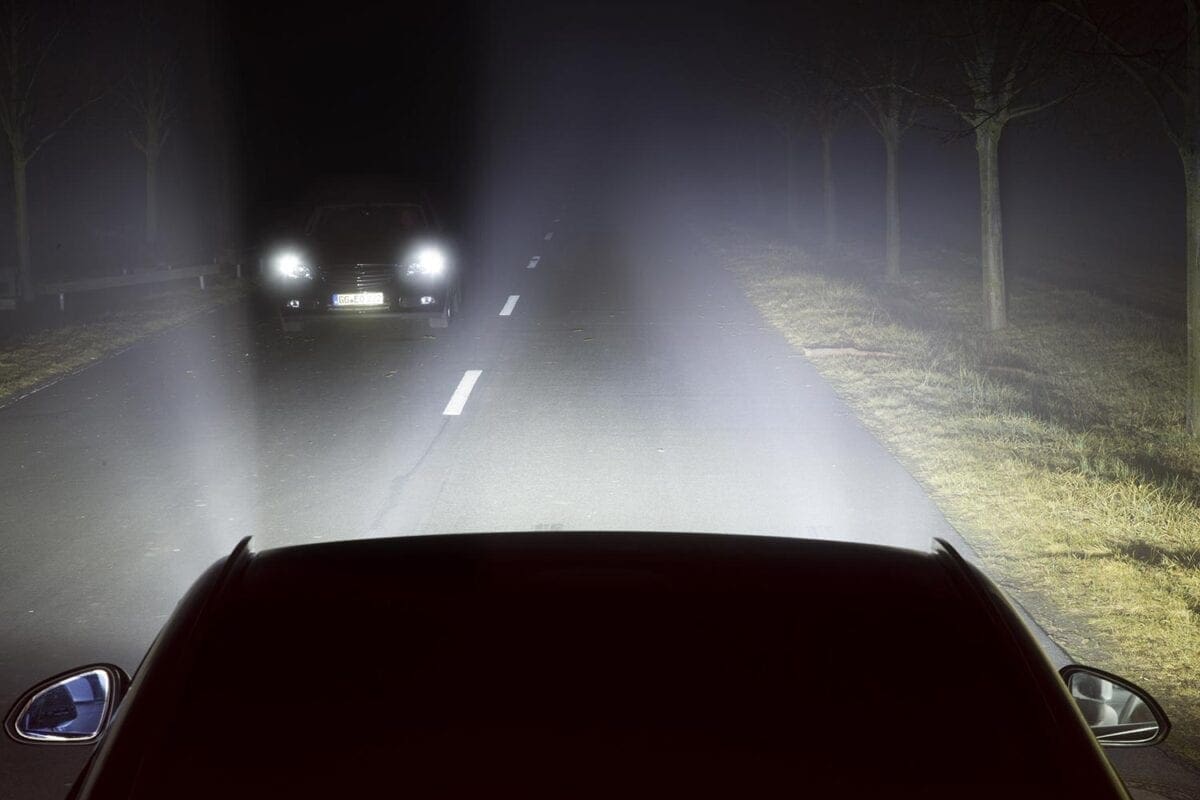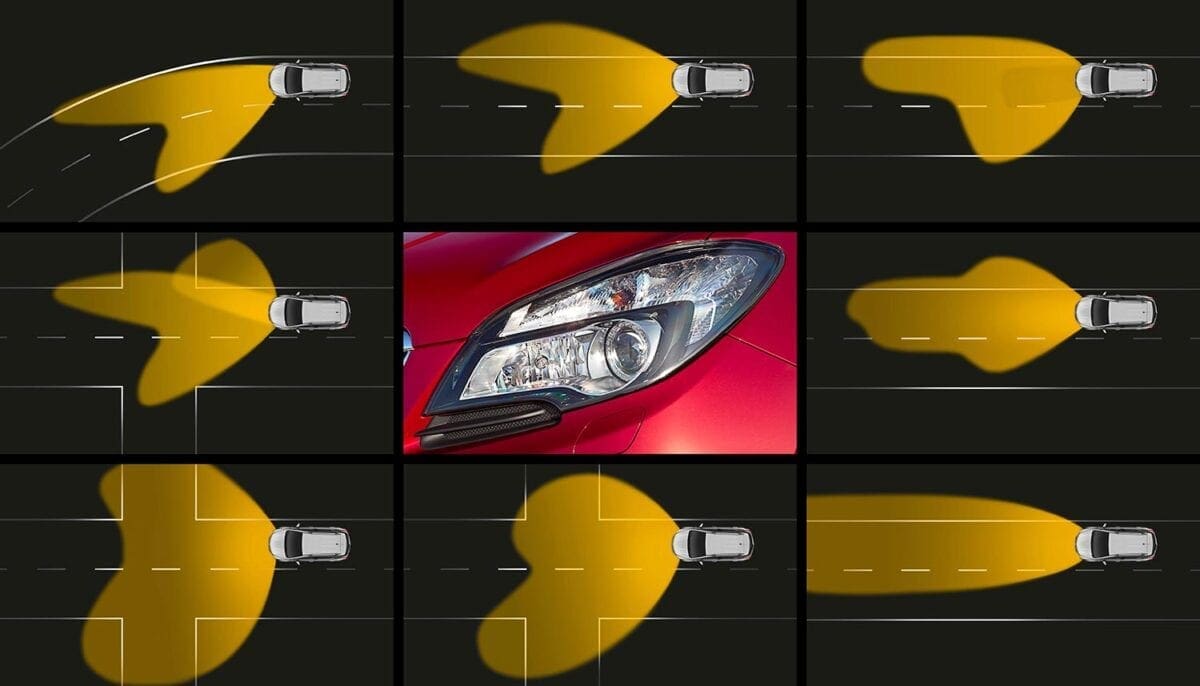It may sound like science fiction, but if engineers at Vauxhall have it their way then it’s not far off being a reality with development under way of automotive lighting that uses eye-tracking technology.
“We’ve been pursuing this concept of controlling the direction and intensity of light based on where the driver is looking for around two years. The more we understand the benefits of this technology, the more intensively we push ahead with our joint project,” says Ingolf Schneider, Director of Lighting Technology at Opel, describing the collaboration between Opel/Vauxhall’s International Technical Development Center and the Technical University of Darmstadt.
Enjoy everything More Bikes by reading the MoreBikes monthly newspaper. Click here to subscribe, or Read FREE Online.
In contrast to high-performance eye-tracking systems requiring five to 10 cameras, a simple webcam was at first used. Focused on the driver’s head, it scanned prominent points, such as the nose and eyes, to detect movement and thereby the driver’s line of sight.
The system then translated the information gathered into data commands for electronically-controlled actuators, which quickly aligned the vehicle’s headlamp projectors. While this technique came very close to achieving eye-control of the headlamps, calculation of data still took too long and the recording rate of the webcam was also too slow to meet the demanding requirements of road traffic conditions.
Optimization of the camera’s operating parameters and the adaptation of the eye-tracking algorithm brought the breakthrough. The camera is now equipped with peripheral infra-red sensors and central photo-diodes which together enable it to scan the driver’s eyes more than 50 times per second in dusk and night-time conditions. And with much faster data processing and transmission, the headlamp actuators react instantaneously to make both horizontal and vertical adjustments.
Only one problem remained. In practice, a driver’s eyes very naturally and unconsciously jump from one focal point to another. So if the headlamps were allowed to follow this movement precisely, the vehicle’s light cone would jerk around erratically.
“To overcome this problem, we have successfully developed a sophisticated delay algorithm which ensures a suitably flowing movement for the light cone,” says Schneider. “Another major benefit is that the eye-tracker doesn’t have to be individually calibrated for a particular driver. The system works perfectly with anyone behind the wheel, no matter what their size.”
Even if the driver is momentarily distracted from looking at the road ahead, lighting is always provided in the direction of travel. That’s because the low beam of the headlamps is programmed to ensure sufficient illumination.
Both KTM and Ducati have released cornering light technology on their bike recently, using the Inertial Measurement Unit that also provides data for traction control and ABS.
What do you think – would you like to see more technology like this on motorcycles?







